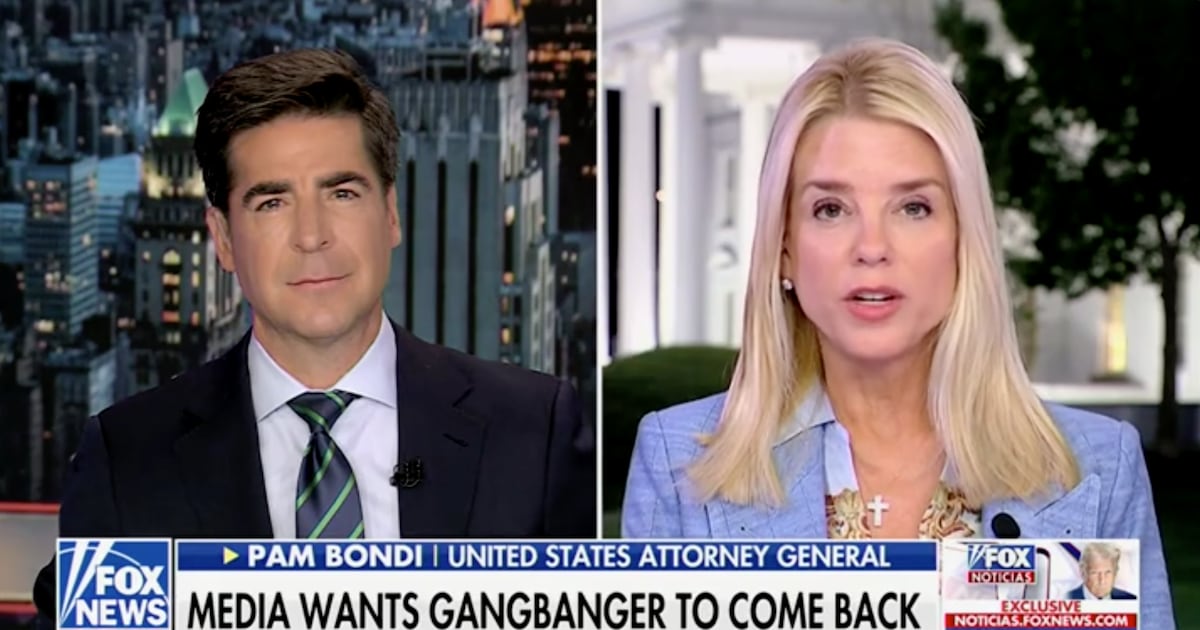The American F-15E went down in eastern Libya after midnight Tuesday about 25 miles east of Benghazi, the de-facto rebel capital. Both pilots ejected before the plane crashed and the Pentagon has confirmed that they are safe. But what exactly downed the plane and the details of the rescue still remain murky.
Photos: Libya Airstrikes

One of the pilots was picked up by rebel forces near the site of the crash and brought by car to the Fadeel Hotel in Benghazi around 2 a.m., according to a handful of people who said they met with the pilot. It’s unclear why the opposition forces brought the pilot to that particular hotel. Dina Omar, 30, an Egyptian cardiologist who has been volunteering at the rebel frontlines was in the Internet café at the hotel at the time. She heard from the hotel staff that a pilot had been brought in and went to see him in a large suite in the hotel. She saw a man wearing a light brown pilot suit in his early 30s lying down on a couch. “He was feeling insecure and unsafe,” she said. “He did not talk much.”
According to an NPR report, American Marines, using an Osprey aircraft, recovered one of the airmen. The other crewmember was recovered by rebel forces and is now in U.S. hands, according to the Associated Press.
Not long after the pilot’s arrival, rebel officials brought him a bouquet of flowers, they said.
• Daniel Stone: Is the Libya War Legal?• Josh Dzieza: Why Is This Called Operation Odyssey Dawn?• Full coverage of LibyaOmar and two fellow Egyptian medical volunteers offered him coffee, which he refused, they said. He did allow the doctors to check out his right leg, which had a slight contusion. Omar, who speaks fluent English, also offered him some Panadol, which he initially refused, until he saw her take a couple of pills from the same pack. He was concerned that the medical staff were Gaddafi sympathizers and Omar tried to convince him of their real work by showing a phone video she had taken of civilian victims from Saturday’s military assault on Benghazi. The doctors stayed with him until he relaxed and opened up a bit, they said. “After two hours, he started to speak and started to smile,” said Omar. The pilot reportedly confirmed he was American and said he thought the plane had gone down for technical reasons. But he refused to give much personal information or confirm whether there was another pilot with him, the sources said.
Not long after the pilot’s arrival, rebel officials brought him a bouquet of flowers, they said. “He was a very nice guy,” said Ibrahim Ismail, 42, a Libyan businessman who said he met the pilot at the hotel. “He came to free the Libyan people.” As Ismail spoke, a fellow businessman said, “I thought we agreed not talk about this,” indicating that rebel officials were trying to keep the pilot’s stay in Benghazi under wraps. Even though the pilot had a radio with a large aerial, he wanted help communicating with his family. Omar, the doctor, took him up to the hotel’s Internet café and tried to help him arrange a Skype chat which didn’t go through. Someone eventually brought the pilot a Thuraya satellite phone which he used to call his family. The witnesses at the hotel say the pilot left in a civilian car in the early morning hours.
The presence of the downed pilot in Benghazi shows just how much the American military is involved in the current military campaign in Libya. And the fight’s not over. Around 2 a.m. Tuesday, government troops tried to make a concerted push into Benghazi from roughly 20 miles south, near a small town called Suluq. The military vehicles that were being used in that attack were hit by the coalition troops, according to Essam Gheriani, an opposition spokesman. Gheriani could not confirm whether the American jet that was downed had taken part in an attack on Gaddafi’s forces.
This afternoon, firetrucks and ambulances raced down the highway from Benghazi toward Ajdabiya, a town roughly 100 miles away where the rebels are still facing stiff resistance from Gaddafi’s forces. All along the highway are the gutted shells of the military vehicles that coalition forces blasted on Saturday night and early Sunday. Tank turrets sit askew with barrels in the sand. GRAD rocket launchers have been tossed on their side. One armored personnel carrier was cleaved nearly in half. In one open field where several vehicles had been clustered, the smell of burning oil and decaying bodies mixed in the dusty air. The burned out vehicles have become a tourist attraction of sorts for the residents of Benghazi who came out in the hundreds this afternoon to gawk and take pictures. Many brought their children. “We came to see these forces that were going to be used against us,” said Khadija Gezeri, 60, who was ululating as she walked through the wreckage, leaning on her cane. “We thank God and pray for victory.”
Near the frontlines, a group of fighters clustered, getting ready to go back into battle. Sanad Hassy, an unemployed 22 year old, had come from a town some 200 miles away to join the fight. Despite the coalition support, he and his colleagues ran through a long list of equipment they would like to receive, ranging from artillery to communication equipment and night-vision goggles. For the moment, they said they would press on with the AK-47s they had among them. “We are hopeful,” he said. “We’re fighting for our freedom against a tyrant.”
Babak Dehghanpisheh is Newsweek's Beirut Bureau Chief. He's been covering the Middle East for Newsweek since 2001.





